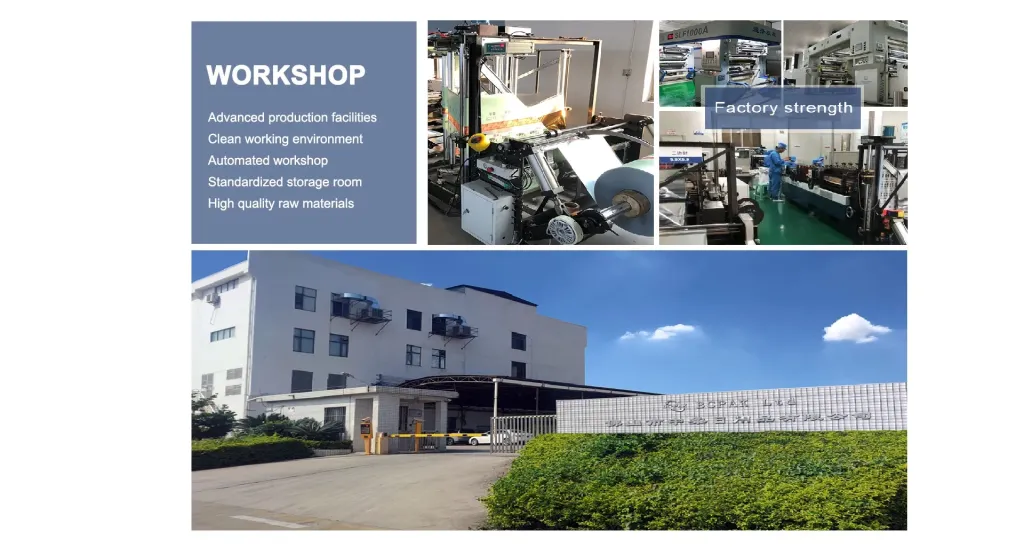In the realm of plumbing and construction, pipe fittings play a crucial role in ensuring efficient and reliable fluid flow. These small yet essential components come in various types, each designed to serve a specific purpose in the system. Understanding the different types of pipe fittings is essential for both professionals in the industry and hobbyists looking to embark on DIY projects. This article provides an in-depth exploration of the various types of pipe fittings, drawing from industry experience and expertise to deliver authoritative insights that build trust.

Pipe fittings are integral to the system, as they connect pipes together, change flow direction, and regulate fluid flow within a plumbing network. The selection of the correct fitting can influence the longevity and efficiency of the entire system. For maximum effectiveness, understanding each type's unique characteristics and applications is paramount.
The most common pipe fittings include elbows, tees, reducers, and couplings. Elbows are designed to change the direction of flow, typically by 45 or 90 degrees. This type of fitting is commonly used in plumbing systems where the pipeline needs to navigate around objects or fit within tight spaces. Experience in handling elbows indicates that precision in selection and installation is key; improper installation can lead to leaks or stress on the pipes.

Tees are used to combine or split flow into multiple directions. They have an T shape, enabling a network to branch out in new directions. Their design is crucial in complex plumbing systems, allowing for the distribution of fluids without compromising flow rate or pressure. For instance, in commercial buildings, extensive networks require tees to create branches for diverse applications. Expertise dictates checking the alignment during installation to ensure optimal flow distribution.
Reducers serve the purpose of changing pipe size, either reducing or expanding the diameter. This is particularly useful when there is a need to control the flow rate and pressure within the system. In scenarios requiring precise flow regulation, such as chemical processing plants, reducers are indispensable. Authoritative sources recommend selecting reducers made from materials that match the pipes for preventing corrosion and wear.
different types of pipe fittings
Couplings are used to link pipes of the same diameter, often essential in repairing pipelines or extending existing ones.
There are two main types of couplings regular and slip couplings. Regular couplings provide a safe and secure connection for consistent systems, whereas slip couplings offer a little flexibility in movement, beneficial when adjusting connections during repairs. Experienced professionals emphasize the importance of ensuring a tight fit to prevent leakage.
Beyond these common fittings, there are specialized variations like caps, plugs, and unions. Caps are used to close pipelines, while plugs seal off pipe ends. Unions, on the other hand, are built for easy disassembly and maintenance of pipes, providing a practical solution in systems requiring regular inspections.
Choosing the right fitting involves more than understanding types; it requires a thorough knowledge of the materials used. Metal and thermoplastic are prevalent materials, each providing distinct advantages. Metal pipe fittings, known for durability and strength, are often seen in industrial applications. Conversely, thermoplastics are favored for their lightweight and corrosion resistance, ideal for domestic and irrigation systems.
Professional insight suggests a meticulous inspection process for all fittings pre-installation, ensuring they adhere to applicable standards and regulations. Furthermore, consulting with manufacturers about the compatibility of materials and dimensions complements systematic quality checks, fostering a trustworthy system.
The intricacies of pipe fittings underscore the importance of expertise, reliability, and accuracy in their application. By acknowledging the diversity of pipe fittings and their specific applications, professionals can make informed decisions that enhance system efficiency and durability. This not only optimizes performance but also solidifies a foundation of trust with clients, reflecting a commitment to excellence and safety in plumbing practices.
Post time:
జన-17-2025











